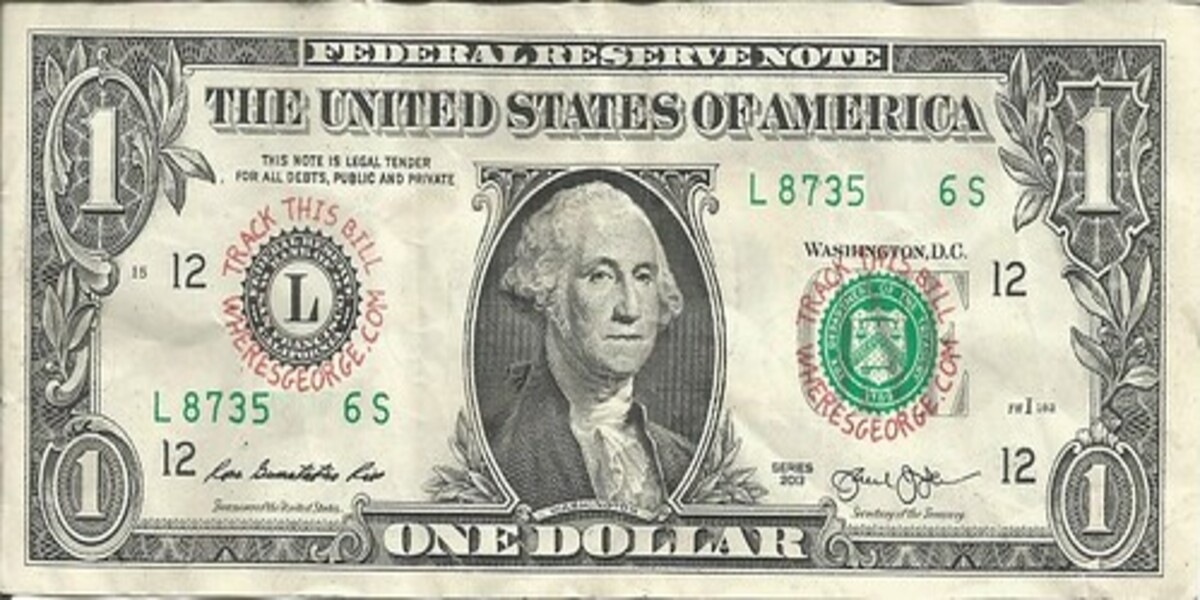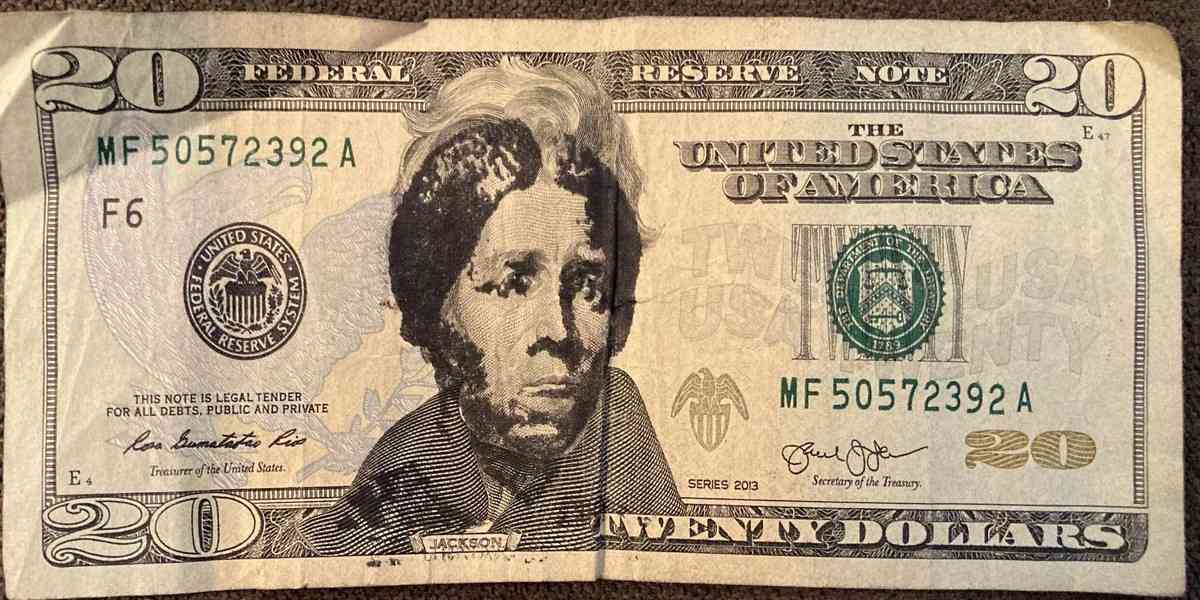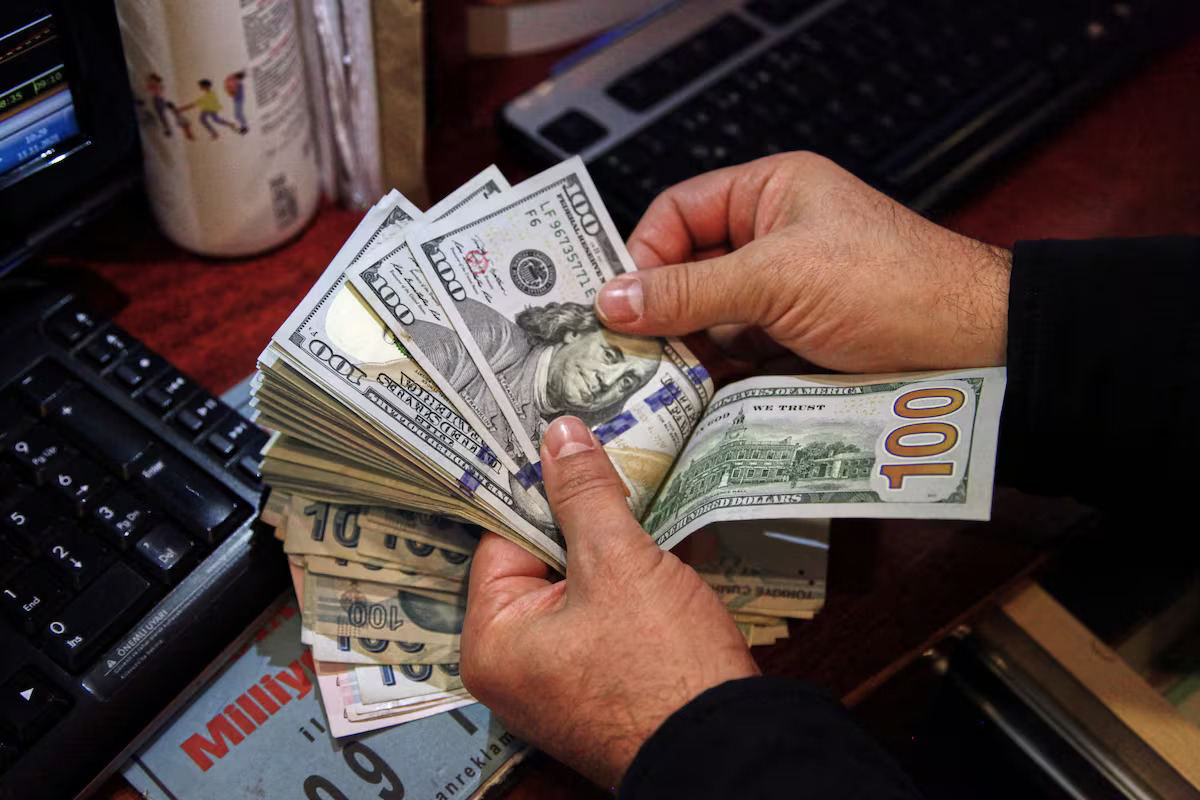Is It Illegal to Write or Draw on Money? What U.S. Law Actually Says
Ever spotted a dollar bill with a doodle, a random phone number, or maybe even a bold political slogan stamped across it? We’ve all seen those quirky notes that make you wonder: is it illegal to draw on money? Or is it illegal to write on money? Maybe you’ve even asked yourself, “Could this get me in trouble with the Secret Service?”
It’s a fun question, but the answer isn’t as simple as yes or no. The truth involves a mix of old laws, some practical enforcement realities, and a dash of common sense. So, let’s dive in and figure out what Federal law really says about drawing, doodling, or writing on your hard-earned cash.
Why Do People Write on Money in the First Place?
First, let’s be honest - people love scribbling on bills. We’ve all seen examples like:
- “Where’s George?” stamps with a website link.
- Bills with political slogans like “Trump 2020” or “Vote Blue.”
- Artistic reimaginings of presidents with sunglasses or tattoos.
- A twenty-dollar bill featuring Harriet Tubman’s face drawn over Andrew Jackson.
- A phone number scrawled in pen with “Call me” next to it.
Sometimes it’s activism, sometimes boredom, and sometimes an actual movement (yep, Where’s George? has been around for decades).
But here’s the thing: because money is a security of the United States, changing it - even slightly - feels risky. That’s where the big question comes in: is writing on money illegal?

What Federal Law Actually Says
The U.S. doesn’t leave this to guesswork. The rules are tucked into Title 18 of the United States Code, and two sections are key: USC 333 and USC 475.
Let’s see what they say.
USC 333 - Paper Currency
This is the big one. It says anyone who “mutilates, cuts, defaces, disfigures, or perforates” a bank bill (that means your cash) with intent to render it unfit for reissue can be fined or jailed for up to six months.
The magic words? “With intent to render it unfit.” That’s what makes the difference. If you destroy a bill so it can’t be used - tear it up, cover the serial number, burn it - that’s a crime.
But if you doodle a small heart in the corner or write “Happy Birthday,” and the note is still clearly spendable? That’s not what the law is about.
Ready to sell?
Are you ready to sell your currency? Stop waiting and request a Shipping Kit. We will provide everything you need to ship and receive funds for currencies you own.USC 475 - No Ads Allowed
This one surprises people: you can’t use money as ad space. The law bans putting a business or professional card, sticker, slogan, or any kind of advertisement on currency. Even if the bill stays usable, that’s still illegal.
So if you stamp “Visit Joe’s Pizza” on every $10 bill in your till, congratulations - you’ve broken Federal law. Why? Because money isn’t supposed to circulate messages or branding through interstate or foreign commerce.
USC 331 - Coins Are Different
Coins fall under a separate law that focuses on fraud. You can’t “fraudulently” alter coins - like shaving metal to sell or trying to make them look like higher-value coins. But turning quarters into jewelry or souvenirs? That’s generally fine because there’s no fraud involved.
These laws aren’t aimed at harmless doodles. They exist to stop fraud, protect the security of the United States, and keep our money system consistent. As long as your artistic touch doesn’t ruin the bill or turn it into an ad, you’re not on the wrong side of the law.
So… Is Writing on Money Actually a Crime?
Here’s the real-world answer: no, not usually. Writing on money becomes illegal only when you:
- Destroy the bill so it can’t circulate.
- Cover essential details like serial numbers, seals, or the legal tender clause.
- Use the bill for ads or branding (hello, USC 475).
If you do any of that, you’re technically breaking the law. But adding a quick note? Totally fine. The Federal Reserve System isn’t hunting down your doodle-covered dollar.
That said, banks and businesses can still refuse marked bills. If they think a note looks suspicious or too messy, they can reject it - even if it’s technically legal.
Why Does This Law Exist Anyway?
It might feel like these rules exist to kill creativity, but that’s not the case. These laws are all about protecting confidence in U.S. money. Every Federal reserve note is considered a negotiable instrument, meaning it has to be trusted as legal and consistent. Imagine if people could add whatever they wanted - pictures, color illustrations, political ads, even fake marks. It would create chaos and make spotting counterfeits a nightmare.
That’s why the Bureau of Engraving and Printing also enforces strict guidelines for reproductions. Need fake money for a movie or an art project? No problem - just follow the rules:
- Your reproductions must meet the official size requirement (much larger or much smaller than a real bill).
- They can only be black and white reproductions or clearly different in color.
- And they must be marked as a fictitious instrument, even when stored on optical storage devices or a magnetic medium.
This level of detail might seem extreme, but it’s the same idea as maintaining the standard of weights or keeping the legal tender clause visible on all bills. The goal is to keep U.S. currency trustworthy and consistent everywhere - from big cities to small towns.
Real-Life Examples: From Political Stamps to Viral Art
You might be wondering: if these laws sound strict, why do you see so many stamped bills out there? Turns out, the government takes intent into account. If the stamp or writing doesn’t destroy the bill and isn’t an ad, nobody really cares - it’s just another way people have fun with money.

Here are a few well-known examples:
- Where’s George? - A long-running website where people stamp bills with its URL to track their journey across the country. Completely legal because the stamps don’t block critical features
- Harriet Tubman $20 Stamps - A creative protest where activists overlaid Tubman’s portrait on Andrew Jackson’s face. The Treasury reportedly said it was okay, provided seals, serial numbers, and text stayed visible.
- Trump 2020 Bills - During election season, bills stamped with campaign slogans started circulating. Did the Secret Service kick down doors? Nope. Banks just quietly removed those bills from circulation when they came through.
So yes, people write on money all the time, and no, you’re not likely to face legal trouble for it. The main reason? There’s no fraud involved, and the bills remain usable.
Coins vs. Paper Currency: Different Rules, Same Goal
Coins are a different ballgame. They’re tougher, harder to ruin, and last way longer than paper currency. The law for coins, under USC 331, only kicks in if you alter them fraudulently. For example, shaving down coins to collect precious metals or trying to make a quarter look like a rare collectible? That’s illegal.
But turning a penny into a bracelet or a quarter into a guitar pick? Totally fine. There’s no criminal intent and no attempt to cheat the system. Basically, the government doesn’t care about your crafty DIY projects - as long as you’re not profiting illegally.
The big idea for both coins and bills is the same: money should stay recognizable, functional, and trusted everywhere in the United States.
How Banks and the Fed Handle Marked Money

Even if your doodle is perfectly legal, banks don’t exactly love decorated bills. When cash goes back through banks and the Federal Reserve System, each note gets checked by machines. If your bill looks too defaced - lots of ink, heavy stamps, or damage - it’s flagged as “unfit.”
What happens next? Simple: the bill gets shredded and replaced with a fresh one. This is why some creative bills disappear quickly. They don’t circulate forever, even if they’re legal. The big idea for both coins and bills is the same: money should stay recognizable, functional, and trusted everywhere in the United States.
So, if you want your art to live a long life, maybe choose a canvas that doesn’t get fed into a machine for destruction.
Frequently Asked Questions (That Everyone Googles)
By now, you know the basics of what the law says, but let’s clear up some quick questions people search all the time. If you’re ever unsure about drawing, stamping, or copying money, these answers should make things crystal clear:
- Is it illegal to draw on money for fun?
- No, as long as your art doesn’t make the bill unusable or cover key features like serial numbers or the Treasury seal.
- Can I put stickers on my bills?
- Technically allowed if the bill still works, but if you’re putting an ad sticker, you’re breaking USC 475.
- Will stores reject marked bills?
- Sometimes, yes. Businesses can refuse a heavily defaced bill even if it’s still technically legal tender
- Can I reproduce money for art projects?
- Yes, but follow the Bureau of Engraving and Printing rules: only black and white reproductions or color copies larger or smaller than the real thing, and mark them as a fictitious instrument. This rule applies even for things stored on optical storage devices or a magnetic medium.
- What’s a Legal Opinion on this?
- Most interpretations agree: casual writing or doodling is okay. Destroying or advertising on bills is not.
If your question isn’t here, the short version is this: personal notes or drawings are fine. But as soon as you cross into ads, damage, or anything that makes the bill unusable, you’re stepping into illegal territory. When in doubt, keep your creativity subtle and your money spendable.
Conclusion: Keep It Fun, Keep It Legal
So, is it illegal to draw on money? Let’s answer it once again: not usually. Is it illegal to write on money? Rarely - unless you wreck the bill or turn it into an ad.
In short: doodle if you want, just don’t hide the important details or try to profit. Banks might pull your bill sooner, but you won’t end up in handcuffs for a smiley face on a $5 bill.
However, remember - money is still a security of the United States, protected under Federal laws, so respect it - even if you add a little personality.
Ready to buy?
Are you ready to buy your currency? Stop waiting and request a Shipping Kit. We will provide everything you need to ship and receive funds for currencies you own.

